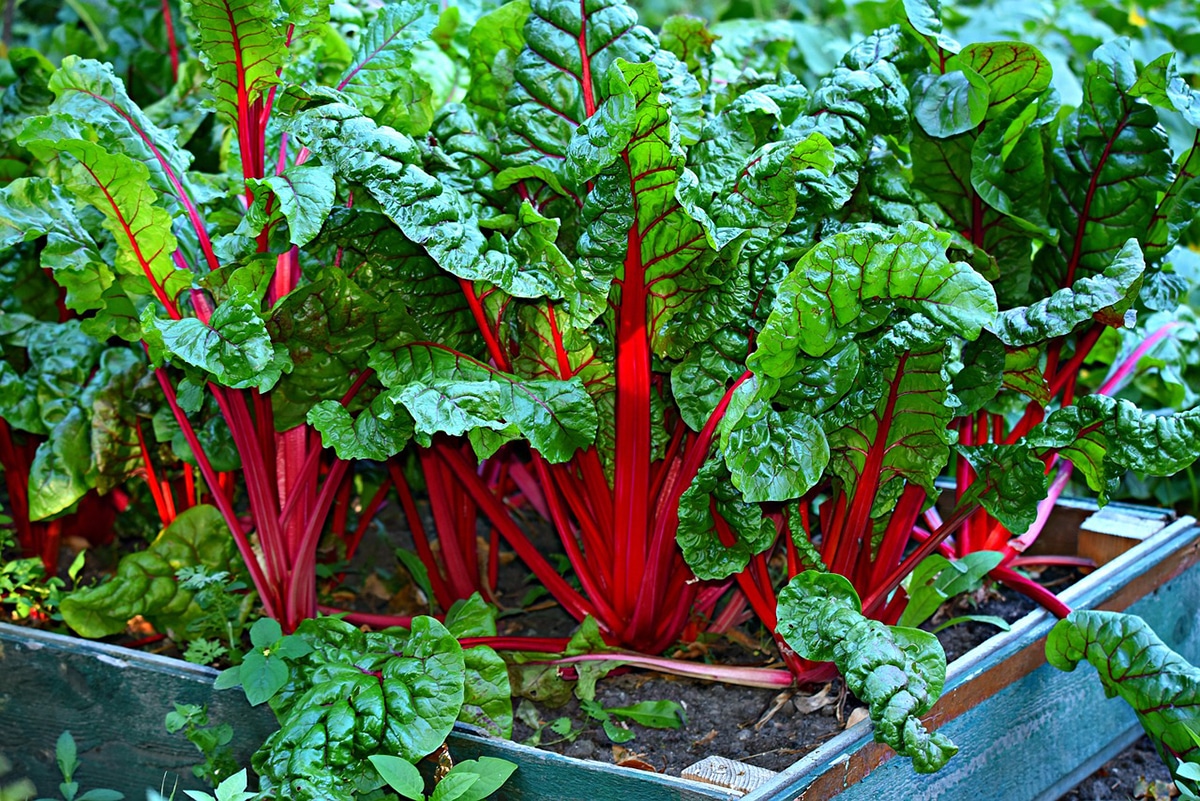
For both the most expert and the most novice in the gardens, Swiss chard is a great vegetable to grow. Whether in a pot, in an urban garden, on terraces or on the ground, these plants are very easy to maintain. As long as we know when to plant them and how to take care of them, we have almost everything done. Although it is true that it is not very common for these vegetables to suffer pathologies, we must be aware that they can contract them. That is why we are going to talk in this article about the diseases of chard.
If you are thinking of growing these vegetables, I recommend that you continue reading. Not only will we list the most common chard diseases, but we will also explain how to prevent them and what home remedies we can develop to combat them.
What diseases does chard have?
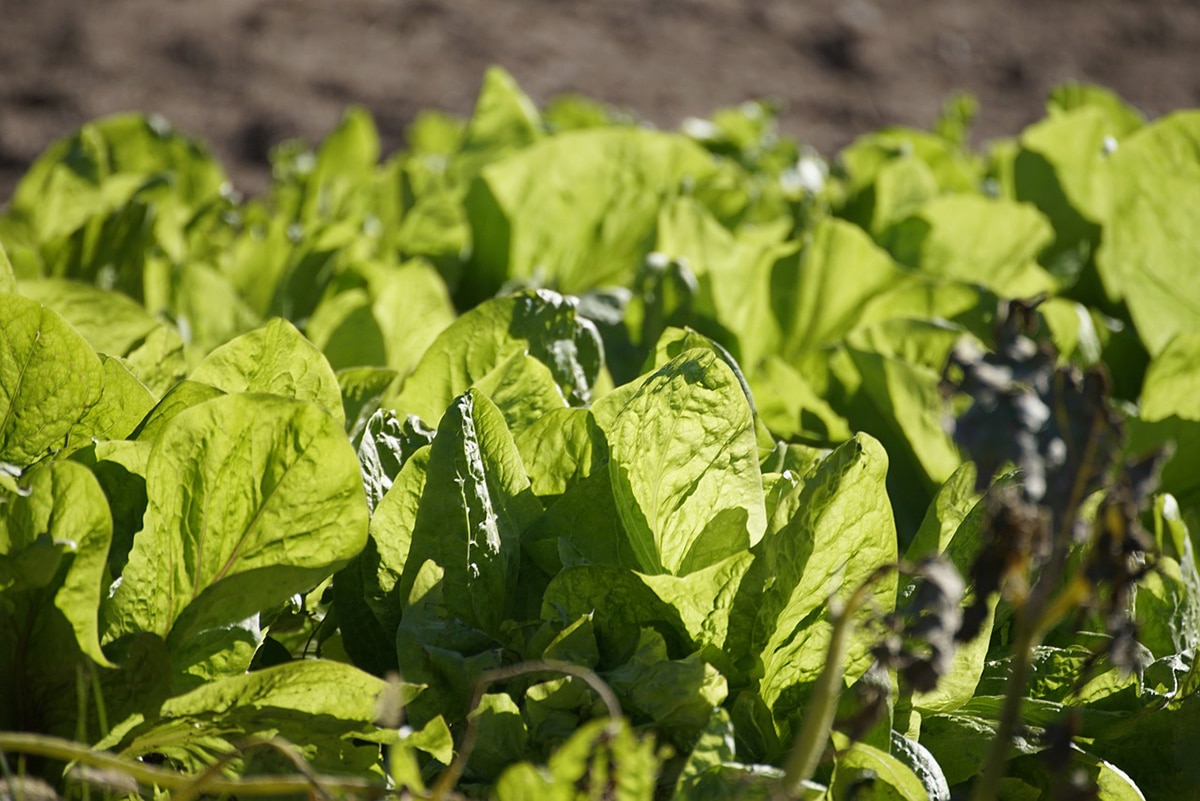
As we mentioned at the beginning, it is not very common for chard disease, at least compared to other crops, such as tomatoes. Nevertheless, it never hurts to take some preventive measures, both for pests and for fungi and viruses. A good way to do this is by providing additional benefits to the plants.
Among the most effective and important methods is the crop association. Using this technique we can ensure that the vegetables benefit from each other, providing certain necessary elements. In the case of Swiss chard, they enrich the soil with nitrogen. Therefore, the ideal would be to associate them with other plants that provide phosphorus. This is generally fruit and flower crops. In addition, they can also be associated with vegetables that provide potassium, such as root vegetables and tubers.
Therefore it is a very good idea to plant chard together with carrots, peppers, radishes and tomatoes. These will benefit from the nitrogen provided by the chard, while the chard will benefit from additional nutrients. Also, if we grow onions and/or aromatic plants, we will be able to drive away various pests that can affect not only chard, but all the crops we have. But beware, it is not recommended to plant these vegetables next to asparagus or leeks.
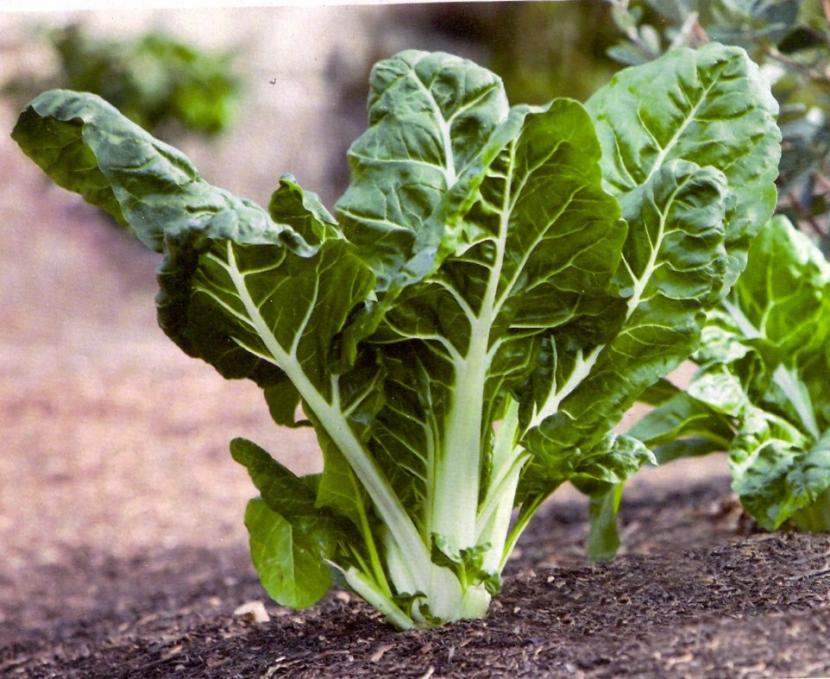
Although it is true that through the association of crops, plants are strengthened thanks to the various nutrients they receive, they are not entirely safe. Let’s see what are the most common chard diseases that we can find, of which we will highlight two:
- cercospora
- sclerotinia
- Beet yellowing
- Downy mildew
- beet mosaic
- Cucumber Virus I
- Virus
chard pox
Among the diseases of chard is the so-called chard pox. This phytopathology causes spots of up to five millimeters on the leaves and can end up rotting them. It is a fungal disease caused by Cercospora beticola, so it can be treated with fungicides, preferably natural. In addition, we must avoid replanting chard in that land for at least two years to ensure that the fungus disappears.
Mildew
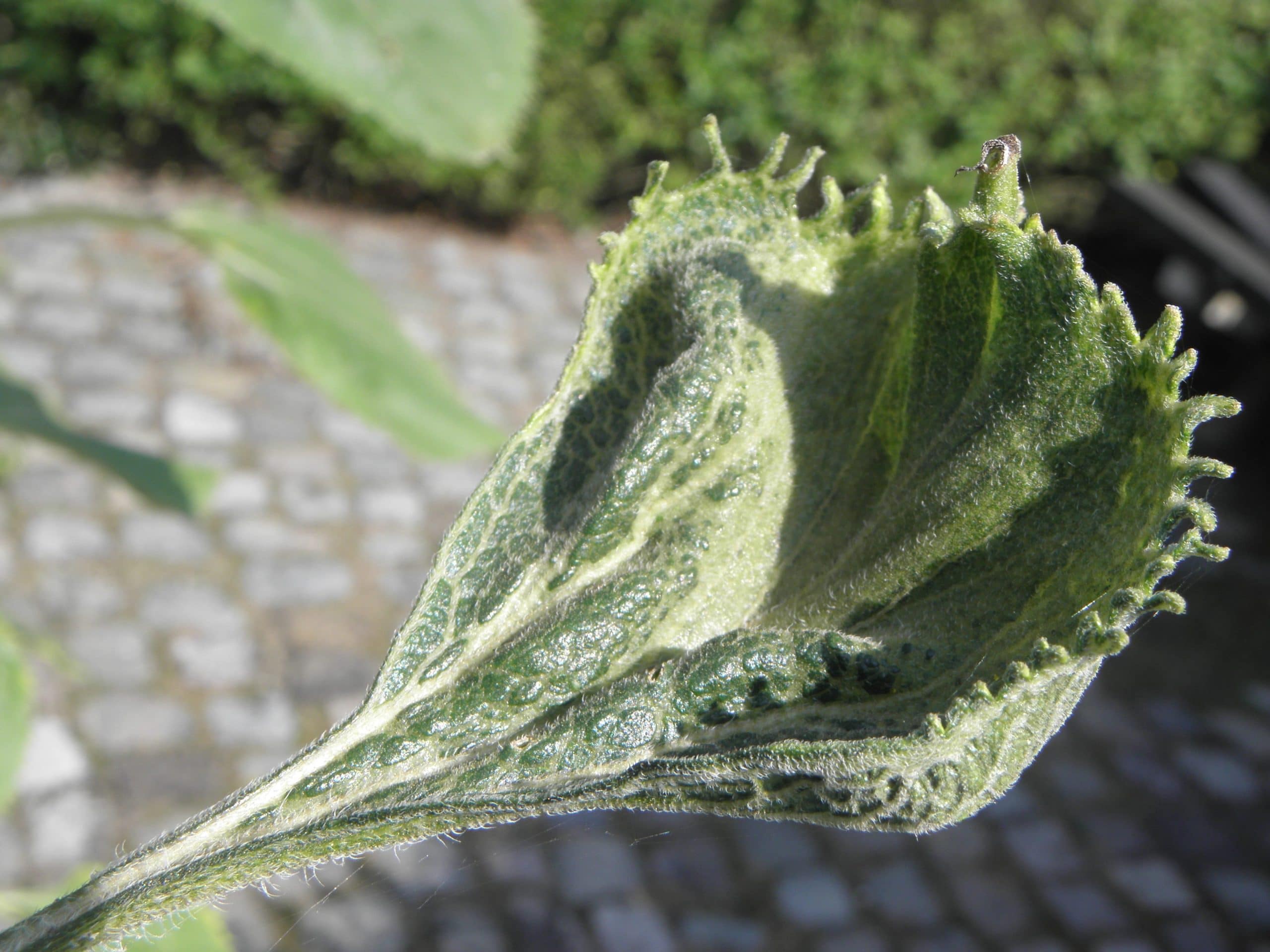
Mildew is not a disease as such, but a group of diseases that together create endoparasitic pseudofungi. It is best to try to prevent it from appearing, since it is very harmful not only for chard, but for many more plants. These are the most important symptoms of mildew:
- Grayish mold or powder on stems, fruit, and leaves
- Yellow spots turning brown on leaves
- Rotten fruits, roots and tubers
- slowed growth
- Less crop productivity
To prevent this disease, and any other caused by fungi, It is very important to control the risks. Fungi proliferate in humid and warm environments, which is why we should water only when necessary. Also the use of substrates with good drainage will be of great help. In addition, whenever possible we should avoid watering the plants from above or putting dishes under the pot, unless we remember to remove the excess water.
In the event that our crops are already affected by mildew, we can use natural fungicides, whether homemade or purchased. The application of copper and sulfur is also quite effective in combating this disease. If these natural remedies do not work for us, we can opt for chemical fungicides, although it is not recommended.
Home treatments for chard diseases
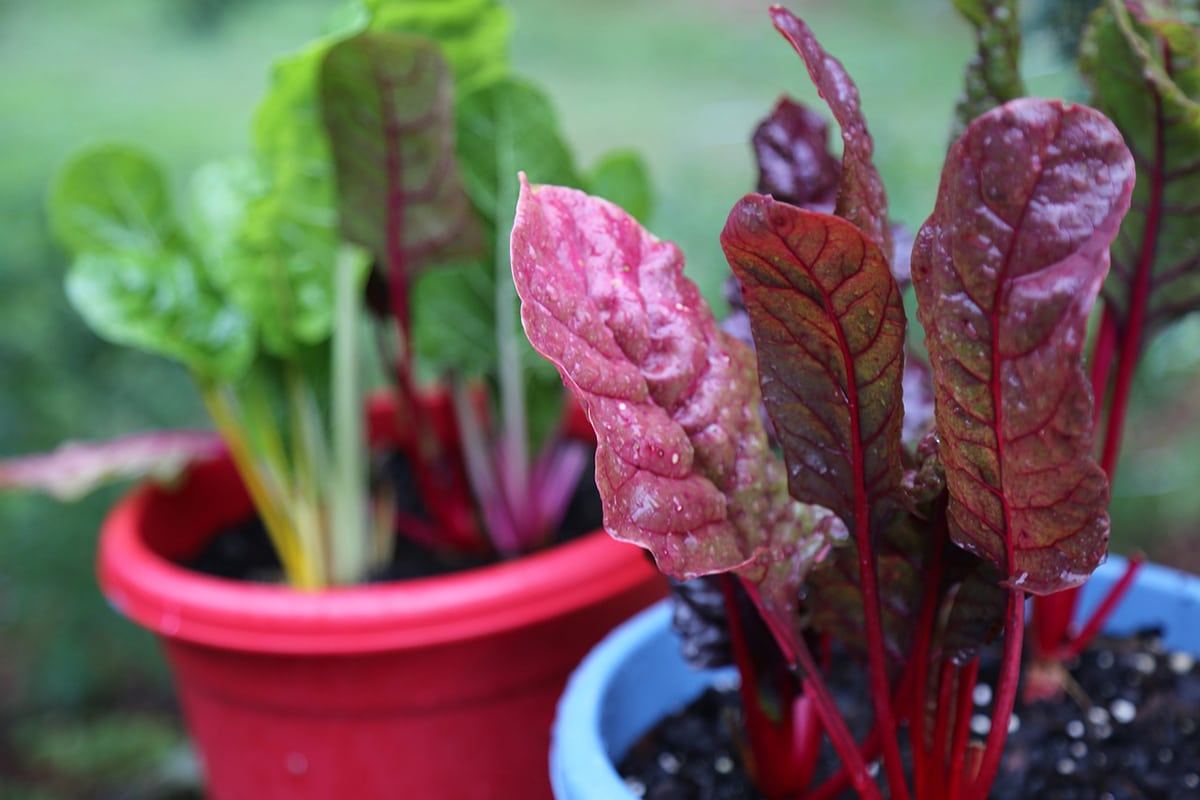
Now that we know what the chard diseases are, let's see how to remedy them in the most natural and cheap way possible. To combat fungus, we can make homemade fungicides that are usually very effective. For this we have these options:
- Homemade fungicide with garlic: It is usually used more as a prevention method than as a remedy, but it can be of great help when we suspect a fungal disease. It is an infusion that is made with a head of garlic for every liter of water. We have to simmer this mixture for about an hour. Once it has cooled, we introduce this freshly made fungicide in a sprayer and pour it over the affected vegetables or those that we want to protect.
- Tansy infusion: This infusion is commonly used to combat the plague of aphid, but it is also effective against mildew. It is made with the flowers of this vegetable. To prepare it we must boil thirty grams of tansy flowers for every liter of water.
- Homemade fungicide with milk: Apart from fighting fungi, the homemade fungicide with milk also provides nutrients to plants, such as phosphate, potassium and lactic acid. To prepare it we must mix eight parts of rainwater (if we take it from the tap, it is best to let it rest for more or less two days) and two parts of skimmed milk. To this mix we will have to add twenty grams of baking soda for every liter that we have created. The most advisable thing is to apply this homemade fungicide with a sprayer every two days, if possible at sunset.
With all this information about chard diseases and these little tricks to prepare home remedies, you are already prepared in case your crop is affected by fungi.